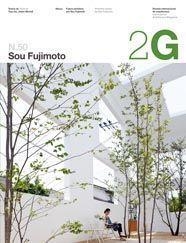-
HORARI Dilluns a Dissabte 8.30 a 13.30 i de 17 a 20. Diumenges de 8.30 a 13.30.
Comandes a través del Web, del Mail info@racodelllibre.cat o WhatsApp 622590126 per recollir a la botiga o servei a domicili.
-
C/ Dr. Robert 12 08191 Rubí BCN 93 699 58 49 - 622 59 01 26





